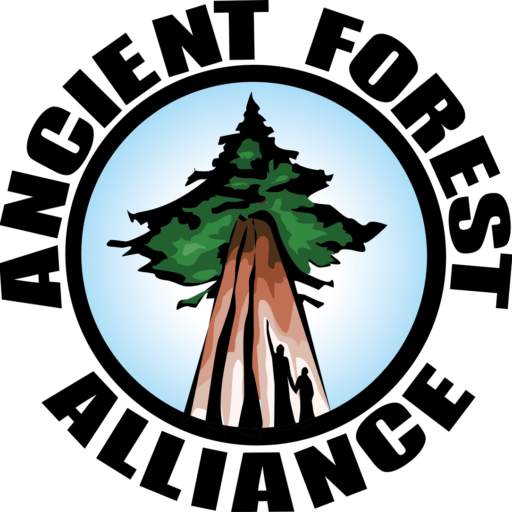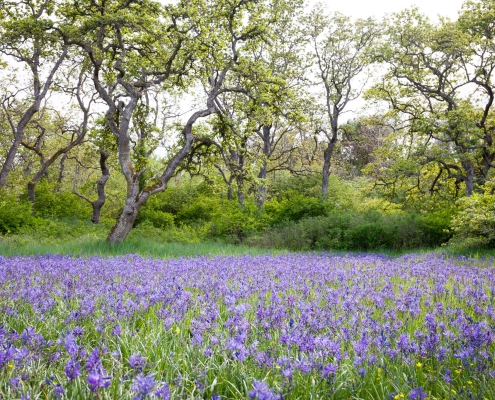
Camas Lily
The camas lily, known for its glorious blue-purple flowers that can blanket whole meadows, is native to the Garry oak ecosystems of southeastern Vancouver Island.
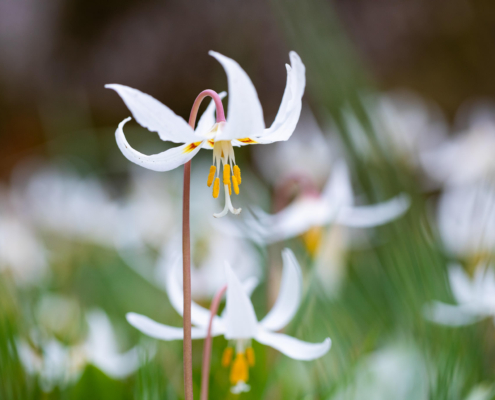
Fawn Lily
A graceful straight stem, curving elegantly at the top like a tiny streetlamp with beams of golden light spilling down — the fawn lily is such a picturesque beauty, that once seen, it will never be forgotten.
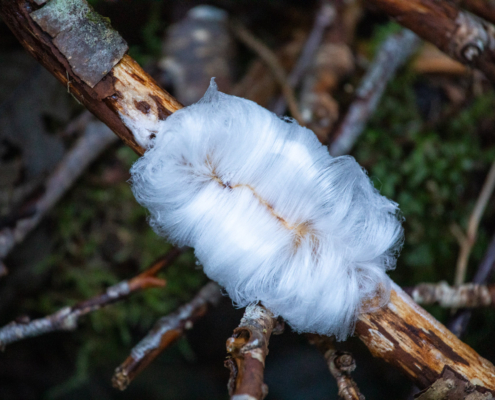
Hair Ice
Hidden among the rainforests of BC you can find wonders of ephemeral beauty and minute delicacy, and few of these are stranger or lovelier than the phenomenon of hair ice.
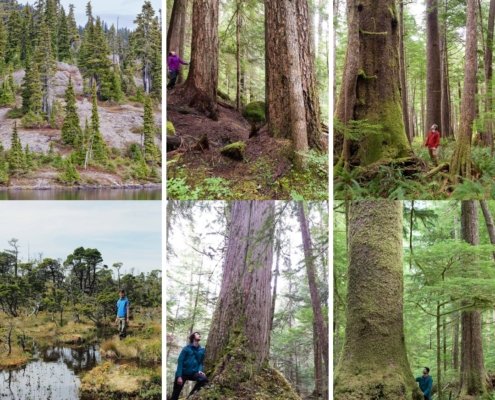
What are “Forest Productivity Distinctions”?
“Forest Productivity Distinctions” is a phrase you’ve heard us use a lot, but what does it mean and why are they important? Read on to learn more!

All About the Biodiversity & Ecosystem Health Framework
Not sure what the proposed Biodiversity & Ecosystem Health Framework entails and why it's important? Pull up a chair as we break it down for you!
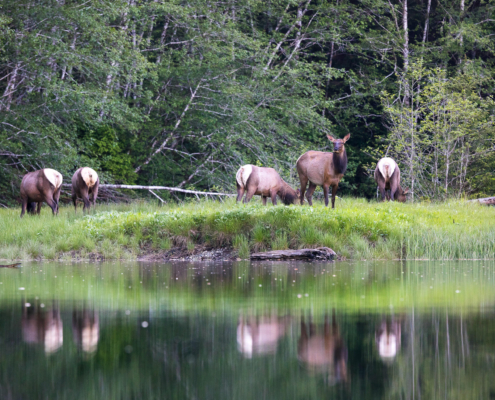
Roosevelt Elk
The Roosevelt elk is Vancouver Island’s largest and most charismatic land mammal and is specially adapted to the temperate rainforests of the Pacific Northwest.
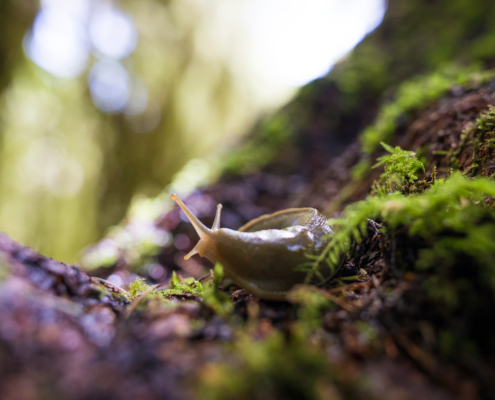
Banana Slugs
Banana slugs are charismatic, often bright yellow creatures that are signature members of the rainforest community.
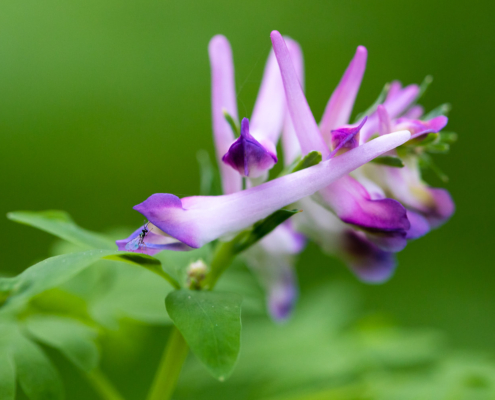
Scouler’s Corydalis
Beautiful and extremely rare in Canada, the Scouler’s corydalis is found only on southwest Vancouver Island around the Nitinat, Carmanah, and Klanawa valleys in Ditidaht and Huu-ay-aht territories.
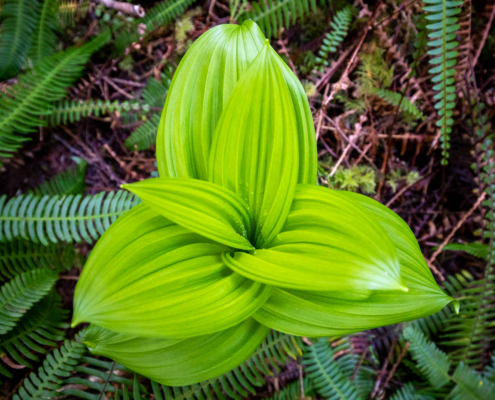
False Hellebore
One of the most poisonous, yet beautiful plants of the coastal rainforest is false hellebore (also known as Indian hellebore).
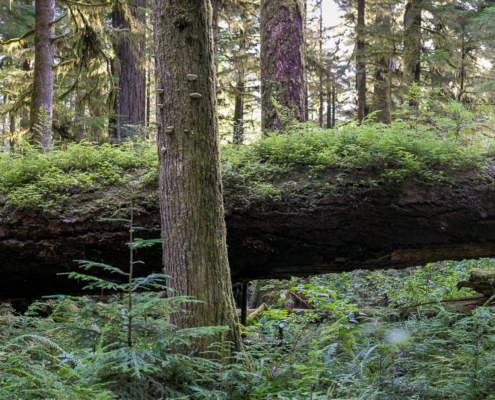
Nurse Logs
Nurse logs are a hallmark of the old-growth forest, where the slow death of ancient trees is the mechanism of forest renewal and rebirth — not only do they support the new growth of trees, they also a range of rainforest creatures.
